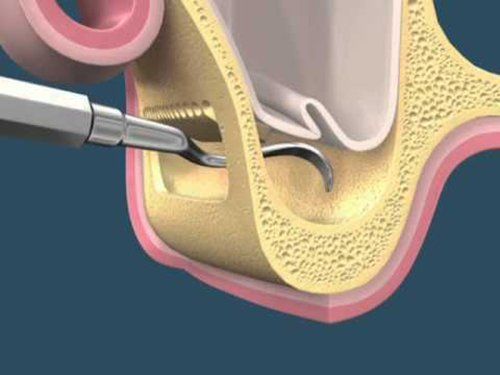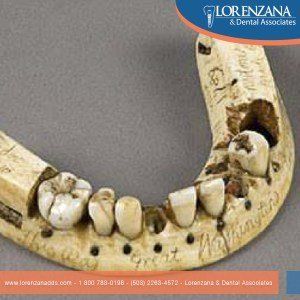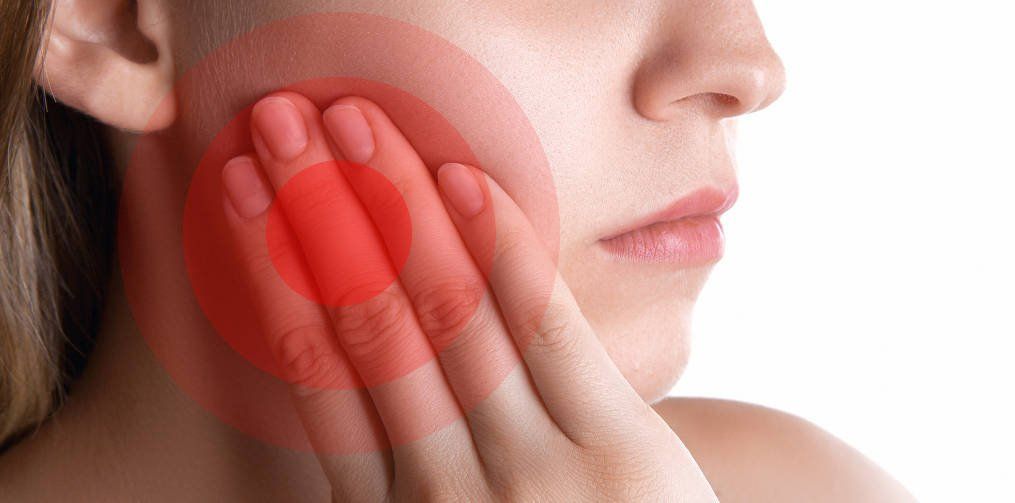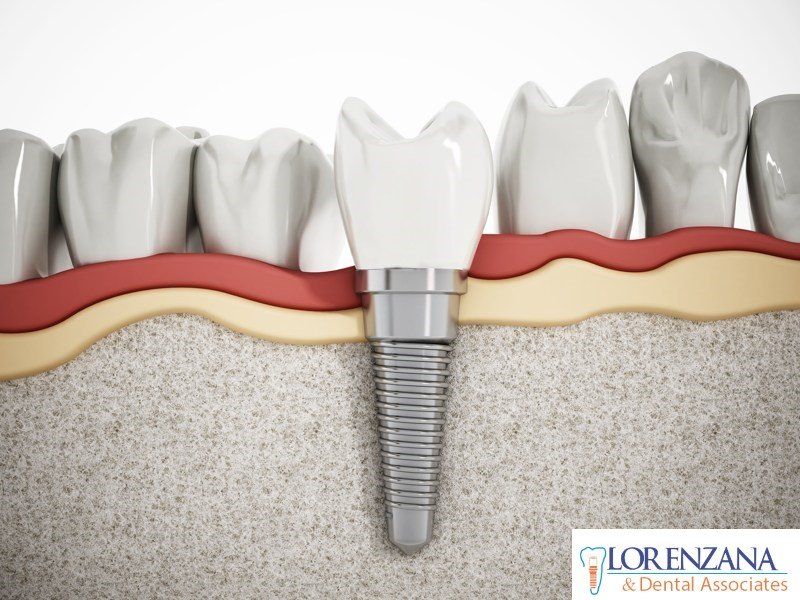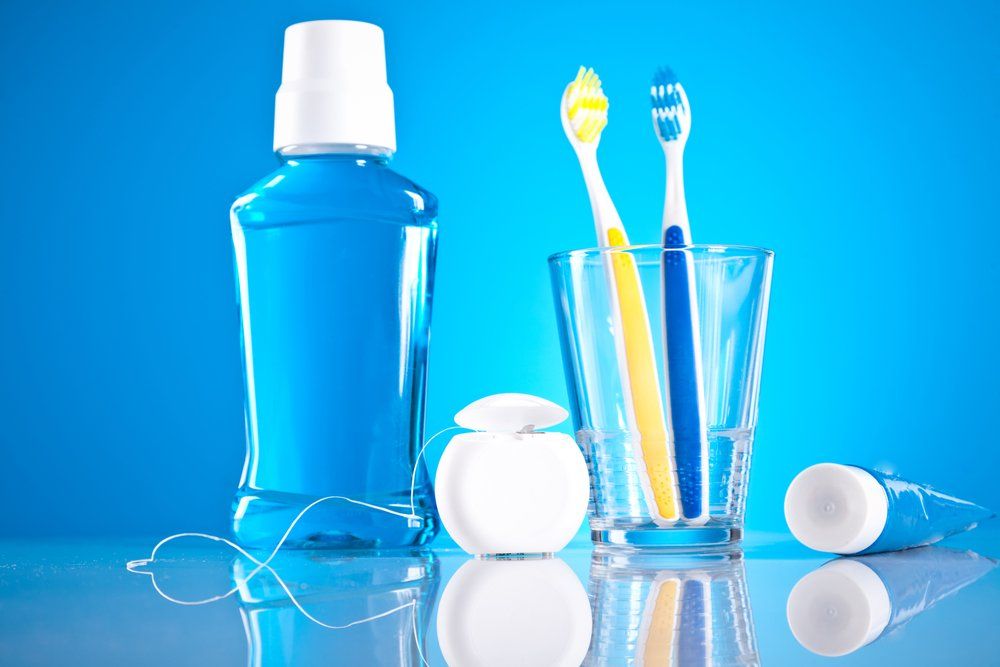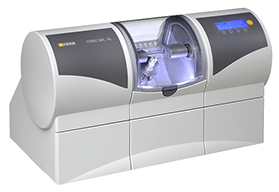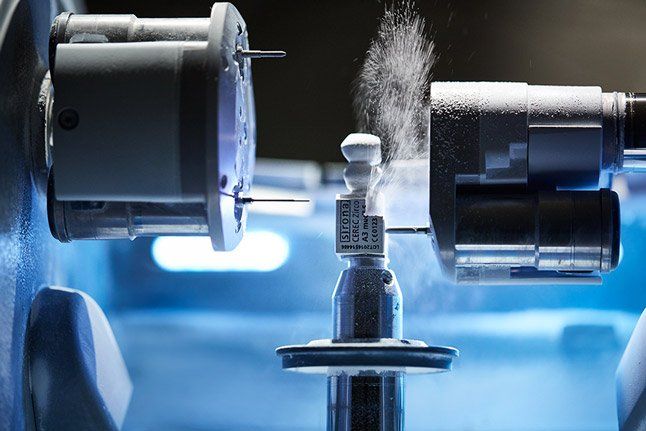9 Frequently Asked Questions About Dental Implants
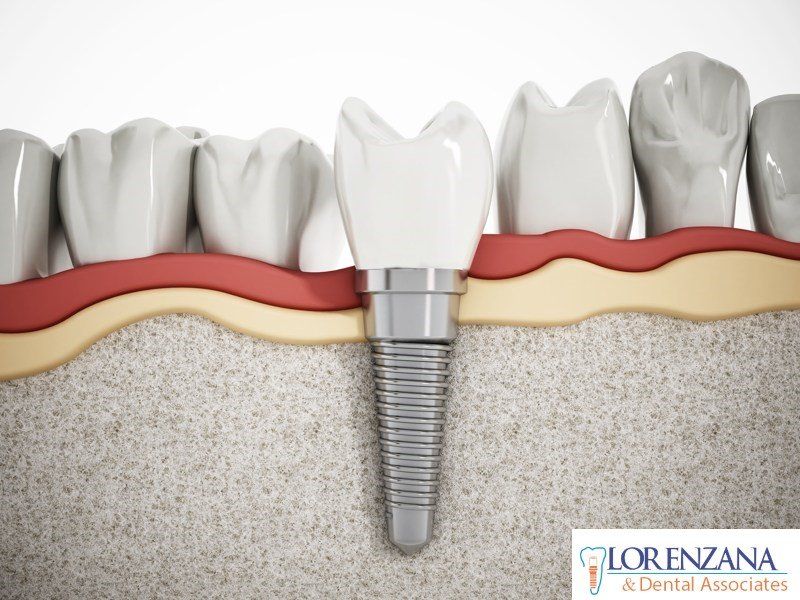
1 - What Are the Risks of Dental Implant Surgery?
The risks of having dental implants placed in your mouth are minimal. There should be no complications if proper care is taken. There could be issues if the implantologist fails to prescribe the required antibiotics (or the patient does not take them), or the patient does not have an adequate oral hygiene, which could cause an infection.
2 - How Long Is Recovery After a Dental Implant Surgical Procedure?
Recovery takes approximately 3 days, although some cases will differ. During this period, patients will need to rest, be really careful with what they eat, and generally avoid activities that require a lot of movement near the area of surgical intervention. For instance, patients should not drink from straws, eat anything but soft foods, or brush their teeth (they should clean with a damped gauze instead), since those things could hurt the site of surgery. After a few days, patients will be able to return to a more normal routine, though they will still have to watch what they eat and not put too much pressure on the site of surgery. By then, our international patients will be able to go and visit some touristic places in our country with no issues.
3 - How Many Dental Implants Can I Get?
You can get as many implants as you need, whether it is one or ten. This will depend on the treatment recommended by your implantologist for your specific case.
4 - Are There Age Restrictions to Get Dental Implants?
The minimum age to get dental implants is 18 since the patient will need to have a fully-developed jaw, which occurs at about that age. However, there is not an upper age limit.
5 - Are There Contraindications to Dental Implant Therapy?
There are a few contraindications to dental implants, such as if the patient suffers from diabetes, bone disease, or heart disease. You should ask your dentist about details regarding your specific conditions.
6 - How Long Will My Dental Implants Last?
Your dental implants can last a lifetime if there is adequate hygiene, maintenance, and regular check-ups.
7 - What Is the Success Rate of Dental Implants?
Success rate (the rate at which dental implants do integrate with the bone tissue) is really close to 100%, but it will depend on factors such as lifestyle and oral hygiene habits of the patient.
8 - What Special Cares Should I Have Before and After the Surgical Procedure?
Here are some things to consider:
Before: If the procedure will be done under IV sedation, the patient should not consume any food since 8 hours before surgery; if it is not done under IV sedation, the patient will need to take antibiotics since a day before.
After: The patient will need to rest the day of surgery and the day after, and be careful not to talk too much. The patient will also need to be on a soft-food diet to avoid wounds.
9 - How Come Dental Implants Do Not Look Like Fake Teeth?
At Lorenzana & Dental Associates, we take care of aesthetics. That is why we use the best materials and state-of-the-art technology that, along with the experience of our highly-qualified professionals, ensure optimal results.
9 Preguntas Frecuentes Acerca de los Implantes Dentales

1 - ¿Cuáles Son los Riesgos de la Cirugía de Implantes Dentales?
Los riesgos de los procedimientos quirúrgicos para implantes dentales son mínimos. Si las medidas adecuadas son tomadas, no debería haber complicaciones. Sin embargo, podría haber problemas si el implantólogo no prescribe los antibioticos necesarios (o si el paciente no los toma), o si el paciente no tiene hábitos adecuados de higiene oral, lo que podría dar lugar a una infección.
2 - ¿Qué Tan Largo Es el Período de Recuperación Luego de un Procedimiento Quirúrgico de Implantes Dentales?
La recuperación toma aproximadamente 3 días, aunque algunos casos difieren. Durante este período, los pacientes necesitarán descansar, ser cuidadosos con lo que comen y en general evitar actividades que requieran mucho movimiento alrededor del sitio intervenido quirúrgicamente. Por ejemplo, los pacientes no deben usar pajillas/popotes para beber, comer alimentos que no sean suaves o cepillarse los dientes (tendrán que limpiarse con una gasa húmeda), ya que al hacerlo podrían lastimar el sitio de la cirugía. Luego de algunos días, los pacientes podrán regresar a una rutina más usual, aunque todavía deberán tener cuidado con lo que comen y evitar poner mucha presión en el sitio de la cirugía. Para ese entonces, nuestros pacientes internacionales ya podrán visitar lugares turísticos en nuestro país sin ningún problema.
3 - ¿Cuántos Implantes Dentales Puedo Tener?
Usted puede tener tantos implantes dentales como necesite, sin importar que sea, por ejemplo, sólo uno o toda una decena. Esto también dependerá del tratamiento recomendado por su implantólogo para su caso específico.
4 - ¿Hay Restricciones en Cuanto a Edad para Obtener Implantes Dentales?
La edad mínima para obtener implantes dentales es 18 años ya que el paciente necesita tener una mandíbula completamente desarrollada y eso ocurre a esa edad, aproximadamente. Sin embargo, no hay un límite superior para cuándo un paciente ya es muy viejo para recibir tratamiento con implantes.
5 - ¿Existen Contraindicaciones para Recibir Tratamiento con Implantes Dentales?
Hay unas pocas contraindicaciones cuando a implantes dentales se refiere, como si el paciente sufre de diabetes o de alguna enfermedad ósea/cardíaca. Usted deberá platicar con su implantólogo acerca de los detalles de sus condiciones específicas.
6 - ¿Cuánto Tiempo Durarán Mis Implantes Dentales?
Sus implantes dentales podrán durar toda su vida si usted tiene hábitos adecuados de higiene y mantenimiento de sus implantes, y si asiste a su dentista regularmente para evaluaciones de rutina.
7 - ¿Cuál Es la Tasa de Éxito de los Implantes Dentales?
La tasa de éxito (la frecuencia con la que los implantes se integran sin problemas al tejido óseo) es muy cercana al 100%, pero dependerá de factores tales como el estilo de vida del paciente y sus hábitos de higiene oral.
8 - ¿Qué Cuidados Especiales Debería Tener Antes y Después del Procedimiento Quirúrgico?
He aquí algunas cosas importantes:
Antes: Si el procedimiento será realizado bajo sedación intravenosa, el paciente no deberá consumir alimentos desde 8 horas antes; si no será realizado bajo sedación intravenosa, el paciente necesitará tomar antibióticos desde un día antes.
Después: El paciente necesitará guardar reposo el día de la cirugía y el día después. Tendrá que evitar hablar mucho y deberá mantener una dieta basada en alimentos suaves para no lastimar el sitio de la cirugía.
9 - ¿Por Qué los Implantes Dentales No Lucen Como Dientes Falsos?
En Lorenzana & Dental Associates, cuidamos mucho de la estética. Es por eso que utilizamos los mejores materiales y tecnología de punta que, junto a la experiencia de nuestros profesionales altamente calificados, aseguran resultados óptimos.
